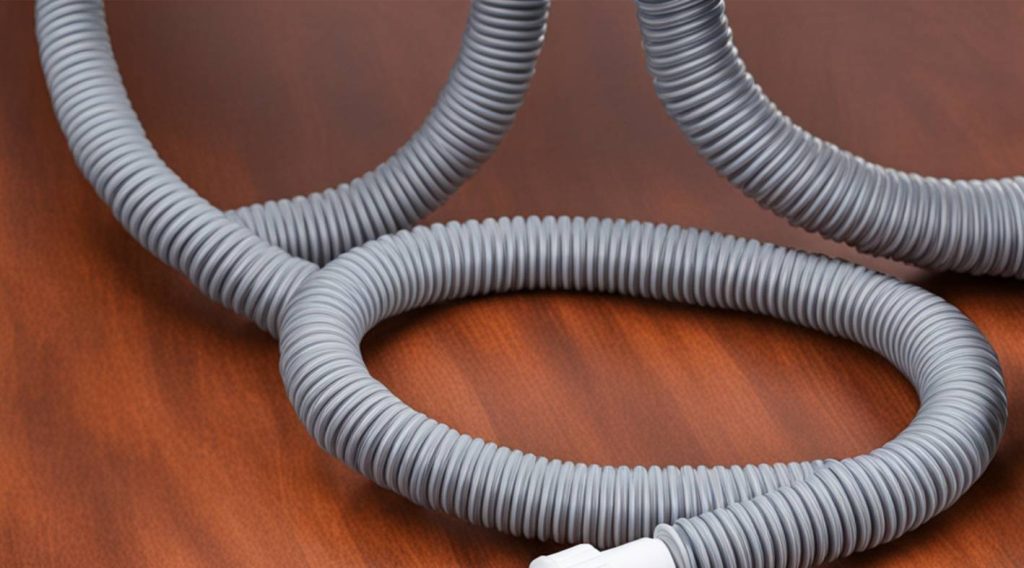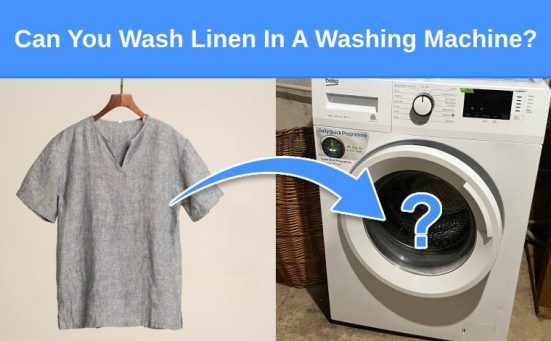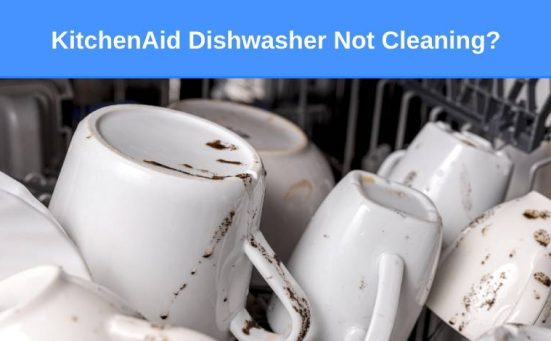
Water From The Sink Going Into Your Washing Machine? (here’s why & what to do)
If you have your washing machine set up in your kitchen it most likely shares the same drain pipe to remove waste water as your sink. In most cases this works fine however, if you notice water from the sink going into the washing machine it indicates that there’s a problem somewhere.
In this article we look at the causes of water from the sink entering the washing machine and also offer solutions to prevent this from happening again.
Why Is Sink Water Entering The Washing Machine?
If there’s water from the kitchen sink entering the washing machine it’s not ideal. Any laundry in the machine is likely to get covered in grease, fat or dirty dishwater.
There’s often a simple reason for the water from the sink draining into the washing machine. Let’s take a look at some of those reasons.
| Probable Cause | Best Solution |
|---|---|
| Pipes incorrectly installed | Ensure the washer’s drain hose is fitted higher than the sink’s overflow |
| Blocked sink | Plunge or run a plumber’s snake through the sink waste pipe |
| Dry vent blocked | Clear any debris from the dry vent |
| Faulty air admittance valve | Replace the air admittance valve |
Pipes Incorrectly Installed

If your washing machine is installed in the kitchen it most likely shares its waste pipe with the kitchen sink. If the drain hose from the washing machine isn’t fitted correctly, it could cause water from the sink to run into the washing machine.
The drain hose from your washer should run up to a point higher than the bowl of the sink, better still above the height of the sink overflow. You should have received a U shaped clip that is designed to be fixed to the wall to hold the washing machine’s drain hose above the sink’s overflow before going under the sink and connecting to the waste pipe.
Setting the pipework up in this way creates what plumbers call an “air block” which prevents dirty sink water from draining into the washing machine.
Sink Blockage
If the sink isn’t draining waste water away as fast as usual it’s possible that there’s a partial blockage somewhere in the drainage system. To remedy this you can try plunging the sink but it’s best to cap off the washing machine drain hose connector first to prevent forcing water from the sink into the washer’s drum.
- Ideal for cleaning drains or pipes in the bathroom | Suitable for wash basin, bathtub or shower
- Cleaning spiral for flexibly removing impurities and odours caused by hair and associated dirt
Or you can try passing a plumber’s snake through the sink’s waste pipe to clear any blockage.
Blocked Trap

If this doesn’t work try removing the trap below the sink by unscrewing the two nuts and carefully placing the trap in a bucket. Gently force any blockage from the trap using a piece of wire.
Once any debris has been removed, replace the trap and run the tap to ensure the water is flowing freely again. Check the trap for any leaks and tighten the nuts if necessary.
Dry Vent Blockage
If you’ve tried to clear the sink of any blockages and the problem still remains, it could be the main vent stack that has a blockage. Dry vents connect the sink and washing machine to the main vent stack.
The first step is to try to plunge the drains connected to the dry vents, but this is not always successful. In some cases the roof opening can be blocked with leaves and twigs. Once all of the debris has been removed the drain works correctly again.
Faulty Air Admittance Valve
- Kitemarked to BS EN 12380 - Licence No. KM512474.
- CE marked to BS EN 12380 Attestation Level 4
Many modern washing machines are installed with air admittance valves which are designed to allow air in and keep water flowing out. Once negative pressure is registered in the pipe, the valve opens to allow air into the pipe. When the pressure balance is restored the valve closes again.
This allows air to be drawn in when it’s needed but stops bad smells from entering the home via the drain pipe.
Sometimes these valves can become stuck and need to be replaced. They are relatively inexpensive and are easy to replace.
Next Steps

If all of the above has been checked and isn’t the cause of the problem, we recommend contacting a plumber to check your pipework out for any problems.
In some cases, there could be a more serious problem outside of your home with the main drains. If the problem proves to be beyond the boundary of your property, it’s down to the local water authority to fix it.
SEE ALSO: Why Your Washing Machine Makes Your Kitchen Sink Smell
Frequently Asked Questions
If water from your sink is going into your washing machine it’s usually because the washing machine’s drain hose isn’t positioned high enough to prevent water from draining from the sink back into the washer. You need to position the washer’s drain hose so that it is above the level of the sink’s bowl and ideally above the level of the sink’s overflow. The washer’s drain hose can then be pointed down to connect to the spigot under the sink.
It is quite common for washing machine drain hoses to be connected to the waste pipe under a sink if the washer is situated in the kitchen. As long as the waste pipe is of a large enough diameter (2 inches) it should work perfectly well.
An air admittance valve is a special valve that is fitted to drainage pipes to allow air to enter and keep water flowing freely. As negative pressure is registered, the valve opens to allow air into the pipe. Once the pressure balance is restored, the valve closes again.






